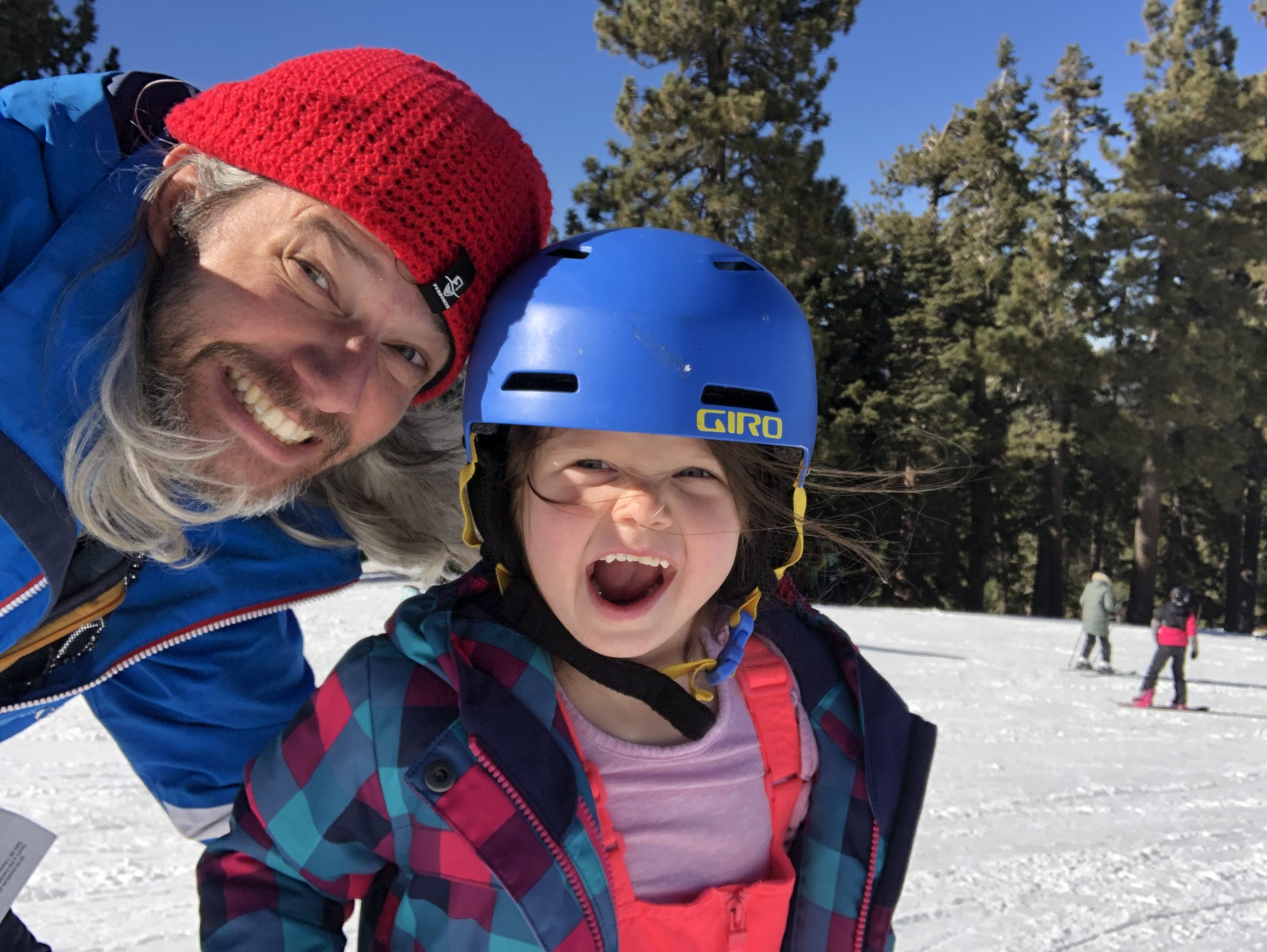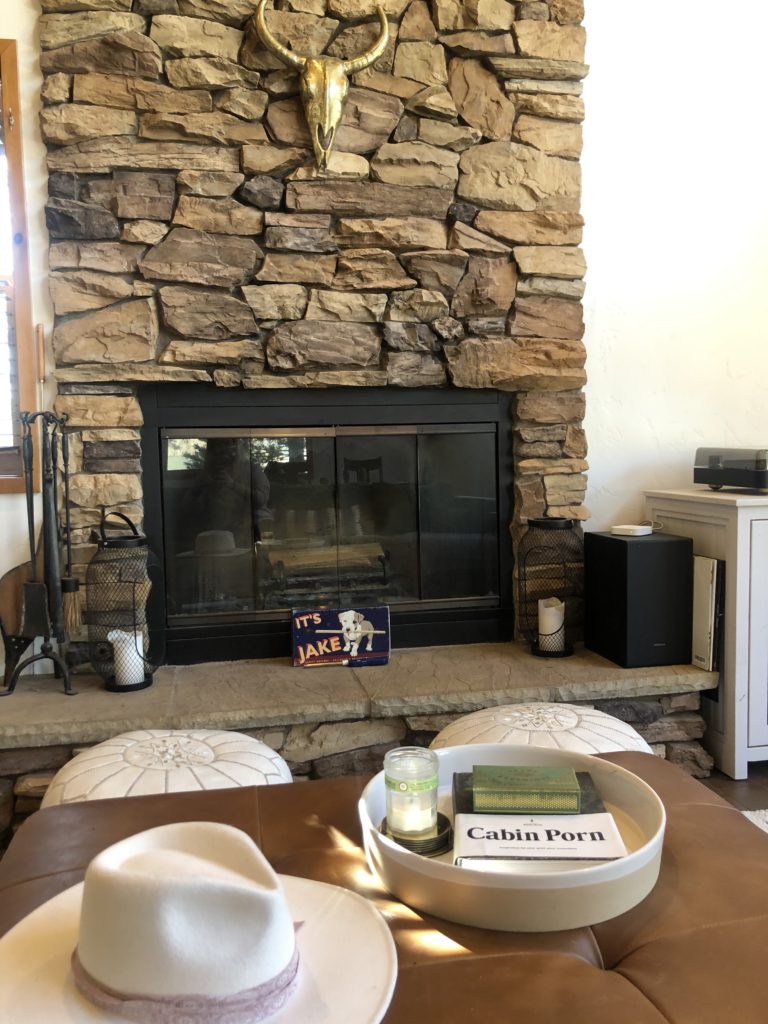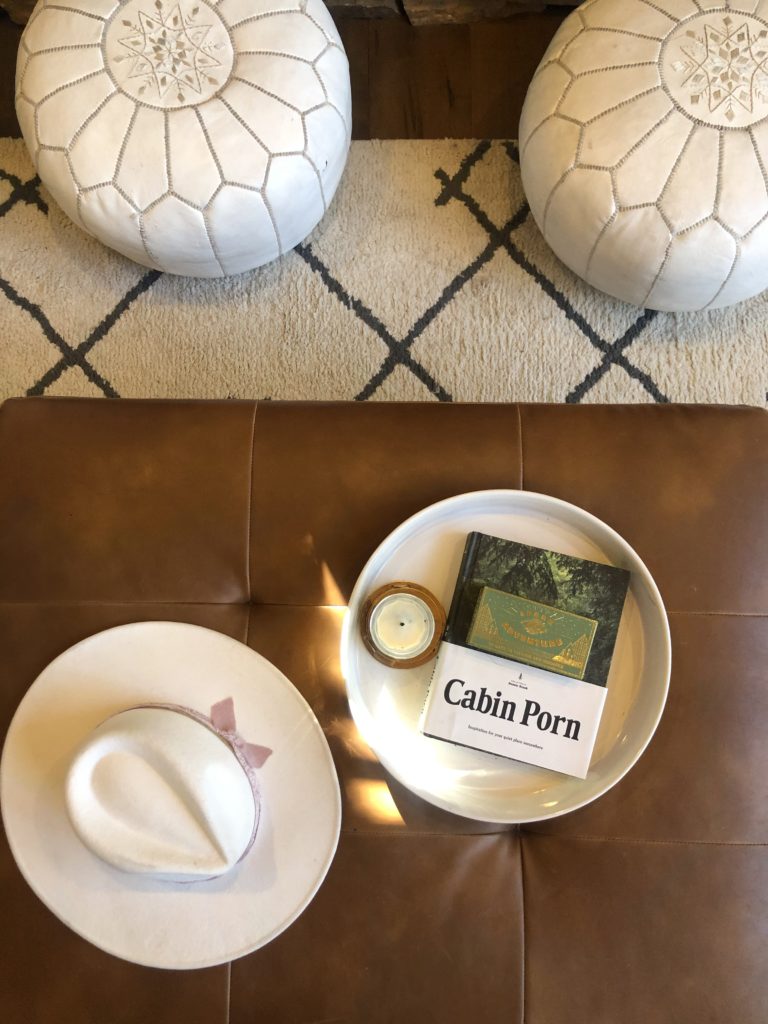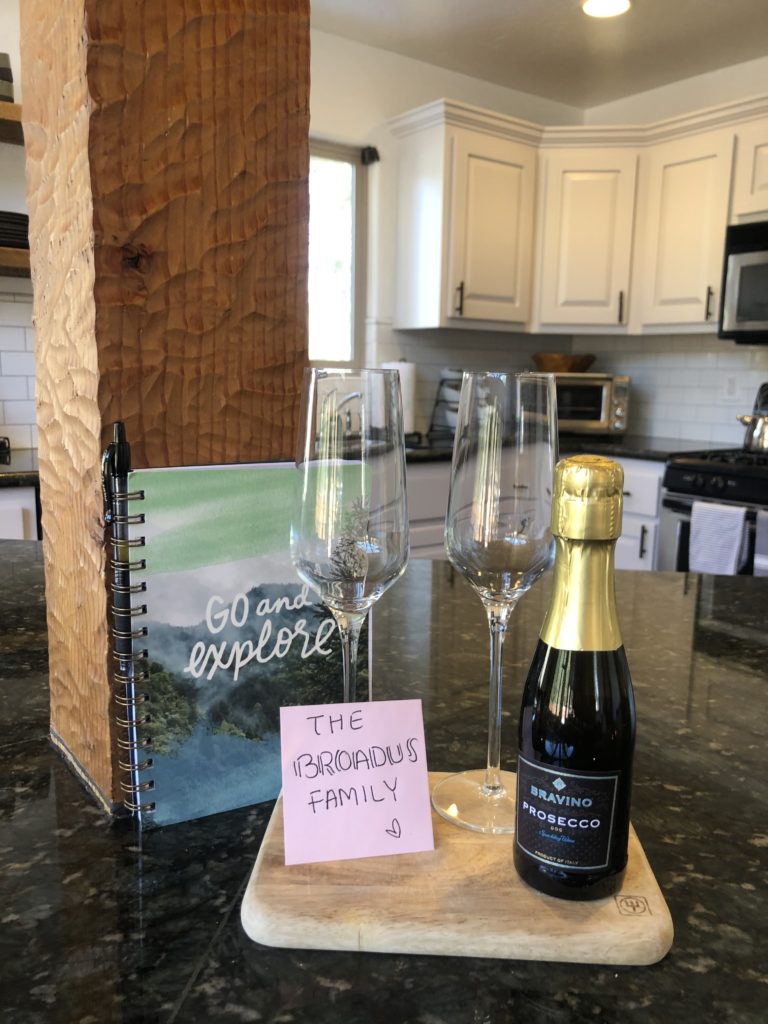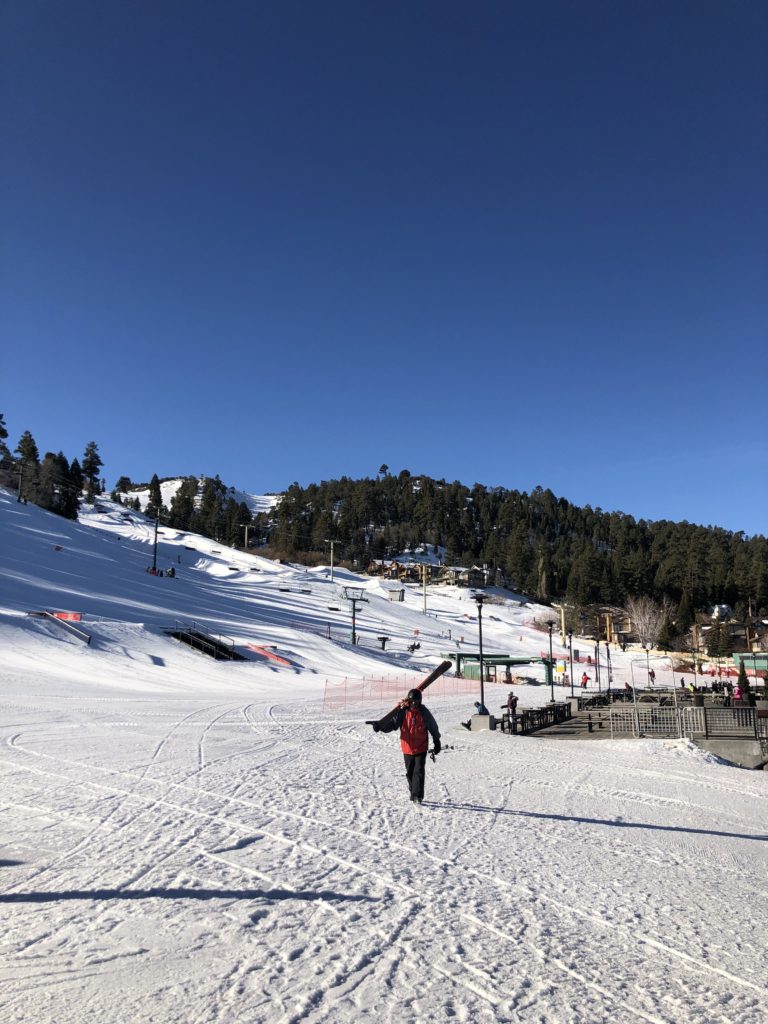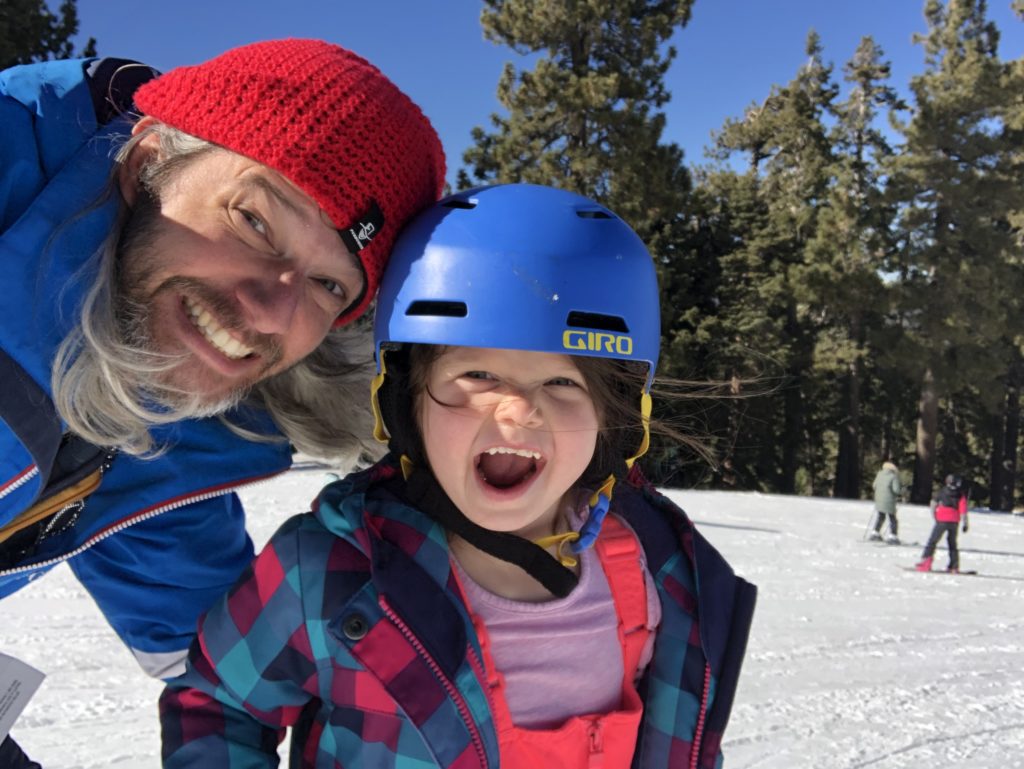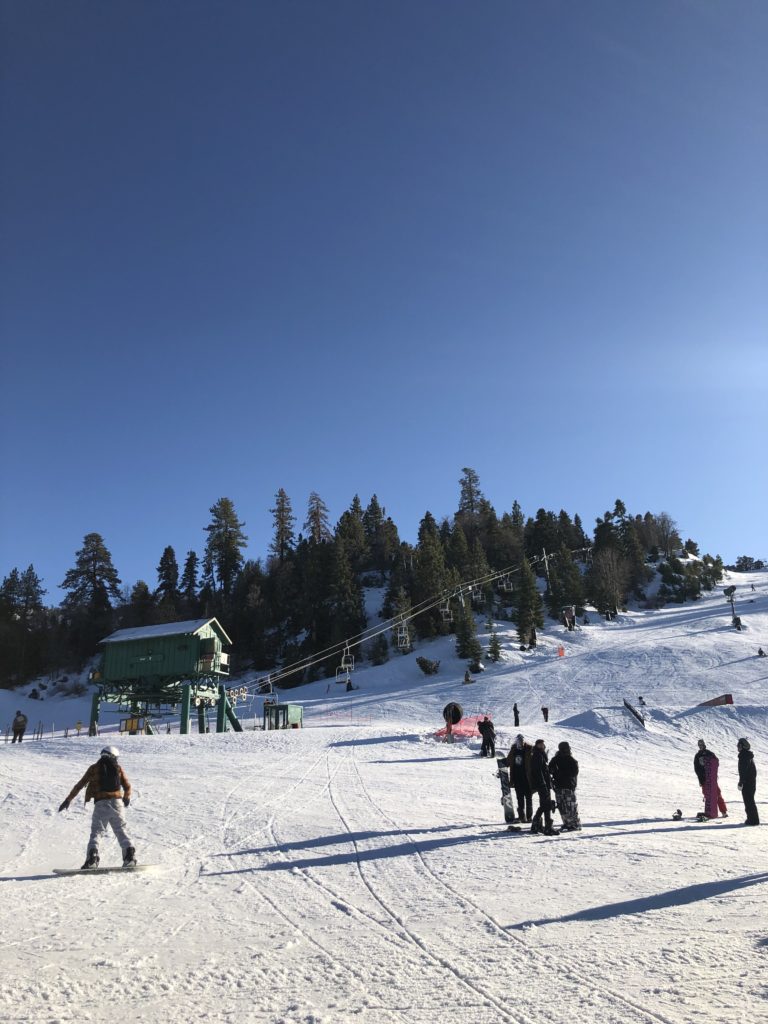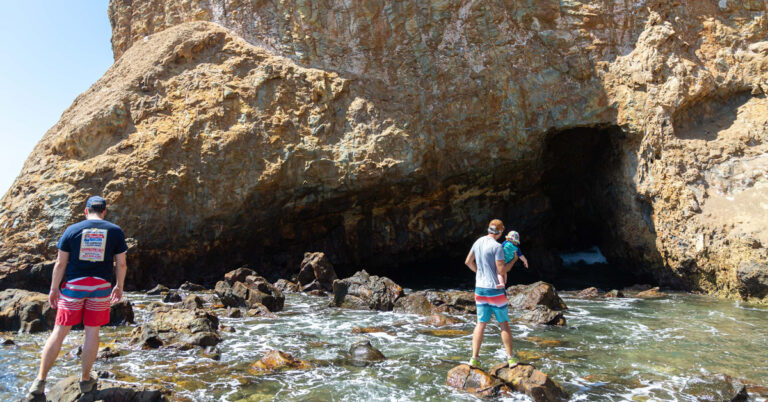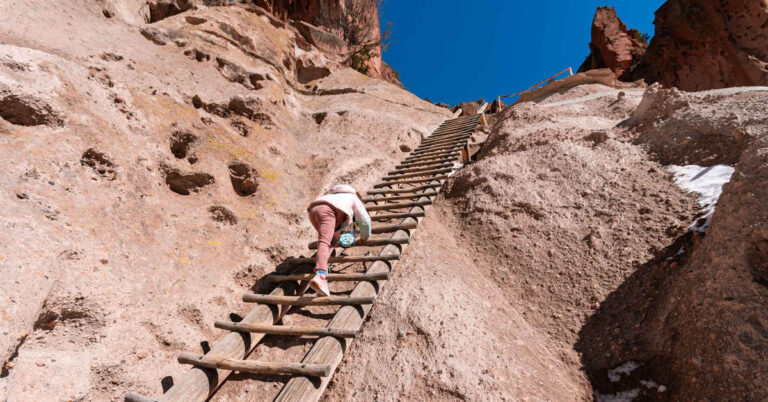Part of life in SoCal is knowing that Big Bear is right there. It’s like a great set of vague promises – winter, fire pits, and A-Frames, and it’s all within a couple hours of the beach. No one is immune to this magnetism, which is why it’s packed nearly every weekend from Thanksgiving to April.
However, when you try and convert the winter dream to actual trip, holes start to appear. And, even if your planning goes great, there are still a few places that newbies have questions that seem to fall outside of Big Bear’s official FAQ’s.
This is our completely unsponsored list of tips for Big Bear. I say unsponsored because:: well, I want to let you know that this is as honest as I can be with suggesting ways to enjoy SoCal’s Winter Capital. Saying something like ‘we have yet to find *great* food in Big Bear’ is probably going to be met with a few suggestions for us to try on our next trip, but it’s also completely real – and it’s those kind of tips that will make any tip to Big Bear a little bit better or at least a little bit more expected.
If you are planning your own Big Bear excursion, here are the things you must keep in mind to have the best possible experience.
1) Weather
Let’s get real, Big Bear isn’t the arctic – it’s not even Mammoth or Tahoe. Bear Mountain is a SoCal snow spot – which means it’s warmer than most winter destinations. If there hasn’t been snow in a while and it’s been in the 40/50s you can expect to find very little snow off the slopes. The average day the past few winters has been comfortable even by LA standards (though the nights and morning can be pretty chilly).
If you want snow around your cabin, watch the forecast and keep a few sick days stocked up – you’ll want to race up there when winter weather pops up. Otherwise, the ski runs stay pretty well covered until around April.
2) What to Bring
-
- Chapstick – No lips are immune to the altitude.
- Water Bottle – Drink so much water – it’s the best cure for the altitude, the exercise, and it’s just good for life.
- Sunscreen – Not only are you more than likely going to be outside for long periods of time, the sun reflecting off the snow intensifies the effects of exposure.
- Layers – With the weather the way it is, you will be more comfortable in a few lighter layers than in heavy winter clothes. Watch the forecast before you go, but most of the time I’m comfortable in a shirt and hoodie, and I often ski without a jacket.
- Roku/ChromeCast/Apple TV – Most of the cabins have limited entertainment options. Bring the streaming stick of your choice to have something to cuddle up and watch when the sun goes down.
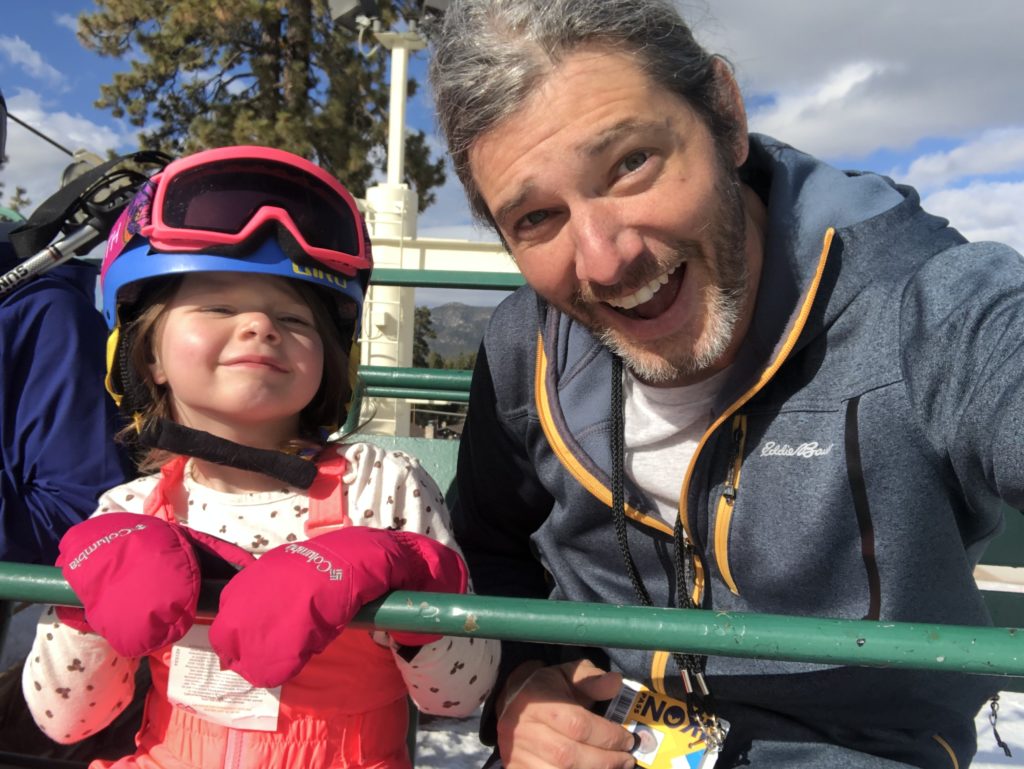
3) Snow Summit vs Snow Valley vs Bear Mountain
So there are actually three ski areas around Big Bear. What they all have in common is they’re relatively easy and fully stocked. Each one is centrally located and easy for parking. When you get to the main lodge, you’ll find rentals, lifts, ski lessons, food, and alcohol are all located right there. (You don’t need to take a gondola to get your day started).
-
-
-
- Snow Valley – Driving up from the valley (anywhere in SoCal) the first ski area you are going to see is Snow Valley. Roughly thirty minutes beneath Big Bear City, this is a pretty large ski hill with snow conditions similar to Big Bear. The ski area is smaller than either Big Mountain and Snow Summit, and – especially from the mid-: up – runs lean more towards advanced skiers. If you plan on skiing/boarding early or late in the season – this is going to be your most limited terrain option.
- Snow Summit – Of the three, Snow Summit feels the most like a ski resort. Not only are their rooms available on property, there are a handful of dining/drinking spots at the base of the runs (including a Starbucks) and there are a few dining options pocketed throughout the terrain. With snow making capabilities on every one of its runs, Snow Summit is the best place for snow on the mountain. One of the biggest differences between Bear Mountain and Snow Summit though is the style of run. Snow Summit caters more to skiers and people looking for longer runs without terrain parks. At the same time, it has a more extensive learning area as well as a public magic carpet for complete beginners.
- Bear Mountain – Bear Mountain isn’t a big as Snow Summit, but walking up, you’re greeted with dining and drink options at the base as well as a handful of lifts taking off in all different directions. Bear stands out because of it’s focus on a wide range of terrain parks – from advanced to beginner (which I really like as I am learning how to do jumps and there is everything from small hops to large leaps).
-
-
** It’s worth noting, that Snow Summit and Bear Mountain are owned by the same company. Lift tickets are valid at both parks throughout the day, and there is a free (standing) shuttle that connects the two.
4) Accommodations
This isn’t a break down of where to stay, but how to think about accommodations based on trip length
-
- One Night :: Unless you’re traveling with a larger group, it’s only practical to stay in a hotel. Cabins are great, but with their typically early check out, distance from slopes/village, cleaning fees, etc – it’s cost and time prohibitive to stay in a cabin. Most hotels will be flexible with checkout times and have all the necessities that Air BnB’s usually lack.
- Longer than 1 Night :: Cabin, hands down. Some of the best dining in Big Bear and most of the iconic mountain lifestyle moments are all available in a cabin. When we travel to Big Bear we always plan on making most of our meals at the cabin, roasting s’mores over the fire, soaking in the hot tub. Sure, for a two night stay, the cleaning fees can still be a bit steep, but we justify the bump in cost by saying that staying in a cabin is why we go to winter locations in the first place.
**Special Tip :: Hotel Tonight is ‘ok’ in Big Bear, so if you’re considering a one night stay on any day aside from Friday & Saturday, you might take your chances with that.
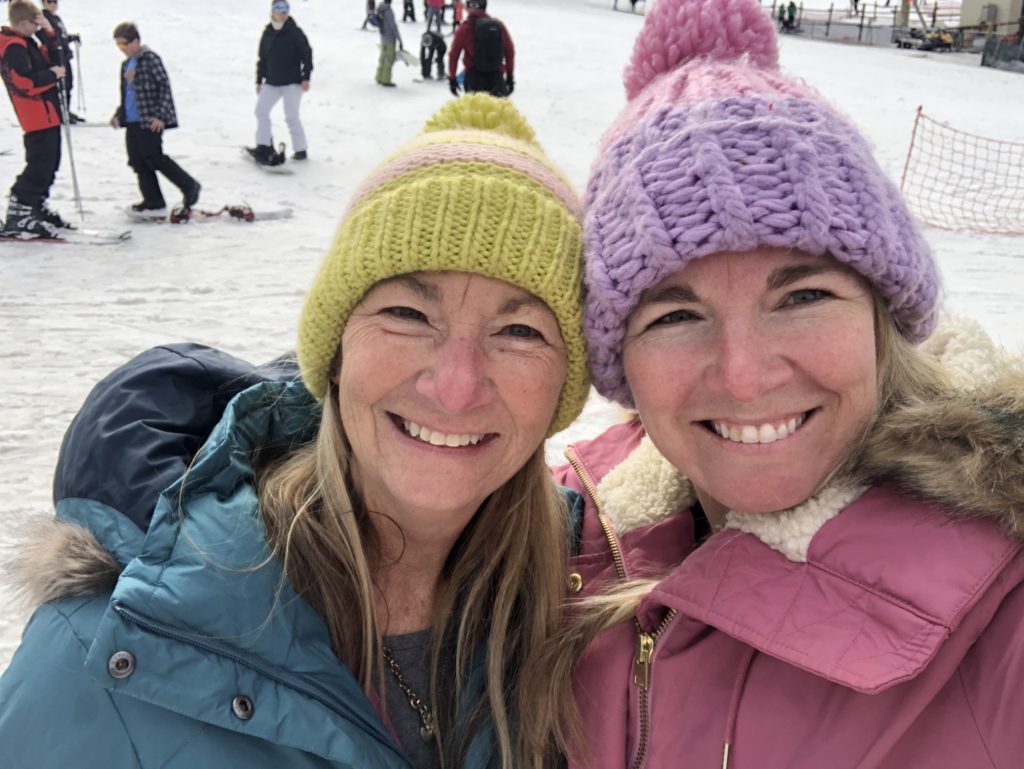
5) Sundays are Your Ski Buddy
If you’re going to Big Bear, I recommend going mid-week, but I know that can be challenging. So, make the most of Sunday.
-
- Hit the Slopes – Unless there’s been a crazy amount of snow, there are waaay less people on the mountain on Sunday than Saturday.
- Parking to ski on the weekends can be hard – One an average weekend, the parking lots are converted to paid entry or closed. This changes right around noon.
6) Weekends vs. Weekdays
The slopes, village, and accommodations feel so different from weekdays to weekends that it this place should really be thought of as two different mountains.
-
- Weekdays :: Quieter on the mountain means: easy parking at the lots right by the slopes, only a handful of people wandering the village, less wait times at restaurants, limited hours of some local businesses. While this list reads like ‘duh’, I really can’t over state how nice the mountain is when its ‘weekday empty’. Most chairlift can be ridden solo, it’s easy to take a break throughout the day and grab food and drinks, it’s safer on the beginner runs. Add to that, accommodations can be hundreds of dollars cheeper.
- Weekends :: In a word busy, which isn’t always bad. Weekends are when you’ll find the best concerts at The Cave, if there is going to be an event on the mountain – it’s going to be on a weekend, I also feel like there is more music on the ski runs on Saturday and Sunday. Also, all the restaurants and shops are open – which isn’t the case during the week. That said, skiing can feel like a circus with longer lines at the lifts and inexperienced skiers barreling down the mountain. **If you are a skier/snowboarder and are going on a Sat or Sun, head up and stick to the blacks, those runs are still pretty open.
7) Skiing
-
- Renting from Off-Site vs. On the Mountain – Picking up rentals at a ski/board shop along the main strip as opposed to the rental houses at the bottom of the slopes can save you some money. Also, even if you’re picking up in the morning, these places are usually less busy than those on the mountain. One of the key differences for me is, renting on the mountain:
- I don’t have to carry the skis to the hill the first day or off the last day
- If I have problems with the equipment, I can take it back into the shop right away.
- Renting from Off-Site vs. On the Mountain – Picking up rentals at a ski/board shop along the main strip as opposed to the rental houses at the bottom of the slopes can save you some money. Also, even if you’re picking up in the morning, these places are usually less busy than those on the mountain. One of the key differences for me is, renting on the mountain:
Keep in mind though, I’ve never actually had to take my gear to get adjusted by the shop after I rented it, and I still have to carry the skis on and off the mountain the other days.
-
- Getting Your Rental – Pick Them Up the Night Before. Barely anyone shows up in the afternoon to pick up their skis, which means there’s typically no wait and tons of people to help make sure you’re all set-up the right way.
- Lessons – Maybe it’s just me, but I thought Big Bear would be cheaper for lessons. Turns out, it’s just about the same price as everywhere else. Which mean, take lessons here. On our last trip, I watched one guy over-ski the run and flip over a fence and then heard another guy run face first into a wall. For adults, lessons are affordable and quick.
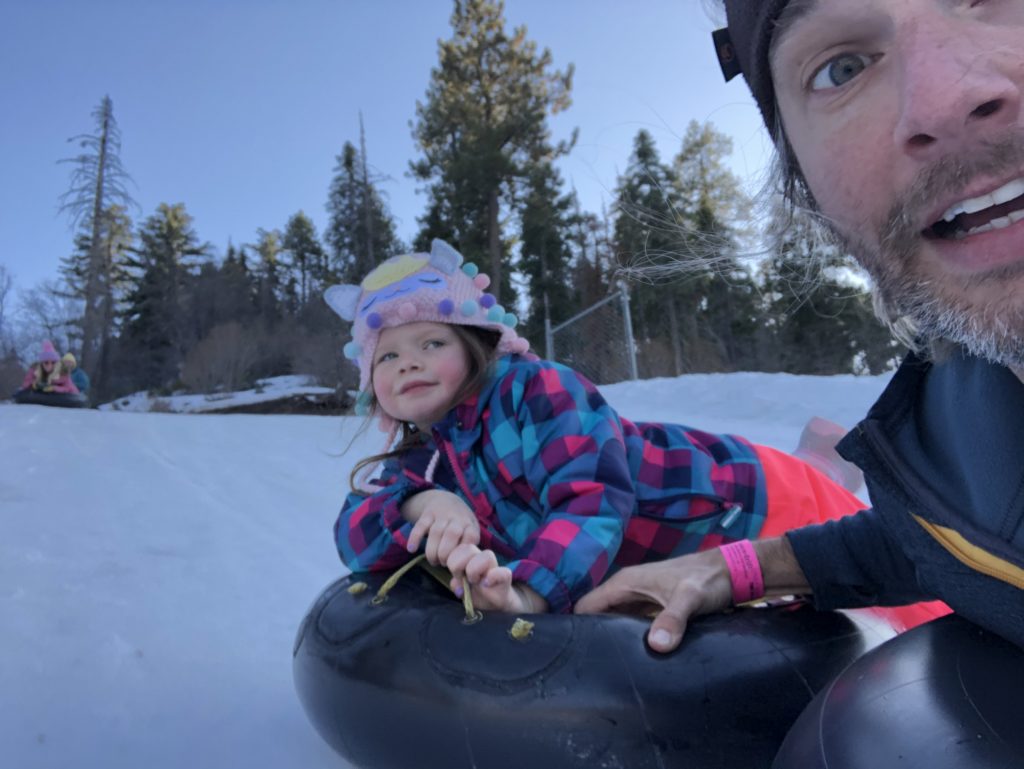
8) Non-Skiers
I’m not going to pull any punches, in winter there’s not an abundant amount of things to do in Big Bear. Our top choices for entertainment are:
-
- Tubing – Tubing is awesome, right. There are three tubing areas around Big Bear – one at Snow Summit, one right near the entrance to the village, and Snow Drift – half an hour down the mountain from Bear. Snow Drift is by far the best overall experience. I’ve mentioned this to everyone I’ve talked to this year, Snow Drift is a great place for tubers of all ages and excitement levels, and there are TONS of runs, so it never feels crowded.
- Bowling – The Bowling Barn is the best non-outdoor activity on the mountain. It’s really easy to get there and find a lane.
- The Cave – This is Big Bear’s main concert venue. It’s smaller, but I really like it. The acts here are usually older or cover bands, but always put on a good show. The venue itself has a fun, family friendly vibe. There is plenty of space for everyone, it’s easy to carry drinks from the bar without worrying about getting bumped into.
- Big Bear Discover Center – If the snow is sparse, across the lake from the ski runs is the Big Bear Discovery Center. It’s a nice hiking and long enough for a half-day. Make sure you visit their site to make sure its open before you head over.
9) Available on the Mountain
Instead of racing all over SoCal – here are the things you can buy on the mountain.
-
-
-
- Sleds – They’re like everywhere.
- Tire chains – Though if you need them to get to the top of the mountain, you’ll need to get them prior to your trip.
- Groceries – The grocery store in Big Bear is fine for pretty much anything you’d need to buy and the prices aren’t much higher (if any higher) than down in the valley.
- Firewood – Available at the Grocery Store.
- Sticks for S’mores – At the grocery store
-
-
10) Pick-Up in the Valley Below
-
- Gas – Big Bear isn’t a big gas guzzling trip. For us, we can make it from our home to the mountain and back to our home with about a quarter tank left. Plan your trip so you can stop for gas before you climb and you’ll never be hit with the higher prices on the mountain. From the base of the mountain to the top it’s about :45 – 1 hour – so if you head up with a little more than half a tank, you should be fine in just about any car to return down to the bottom before you need to refuel.
-
- Ski Clothes – There are a bunch of ski shops on the mountain, but you’ll probably find cheaper gear online or near your hometown. Target actually has had a descent winter section the last couple of years and the layers are plenty think for Big Bear’s weather.
11) Heading back
Weekends: Most people have to be out of their hotel/cabin between 10am-11am. Which means 11am – 2pm is about the worst time to head down the mountain and there’s still congestion as late as 4/5pm. Leaving later (6pmish) usually means that you won’t hit any traffic leaving the mountain.
Weekdays: While you won’t hit much traffic heading down the mountain, you’ll hit some traffic when you get closer to home. Time you trip to miss the afternoon rush hour of your hometown.
